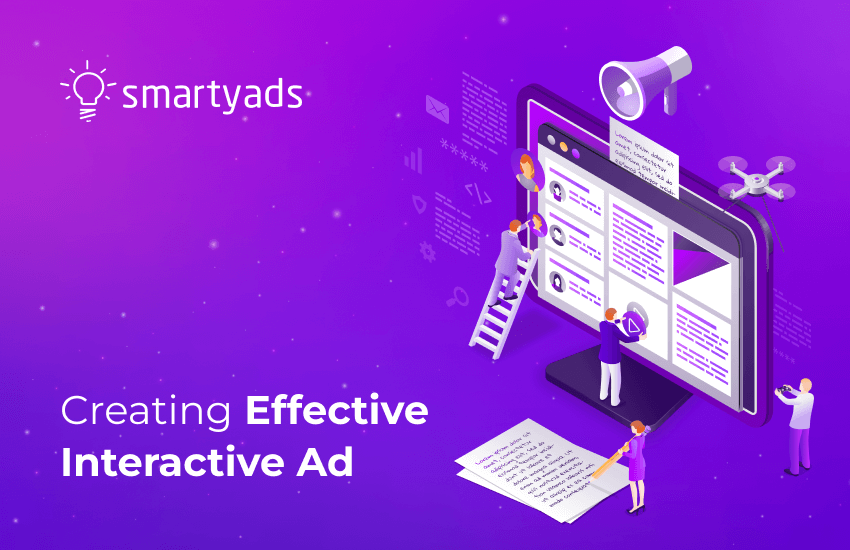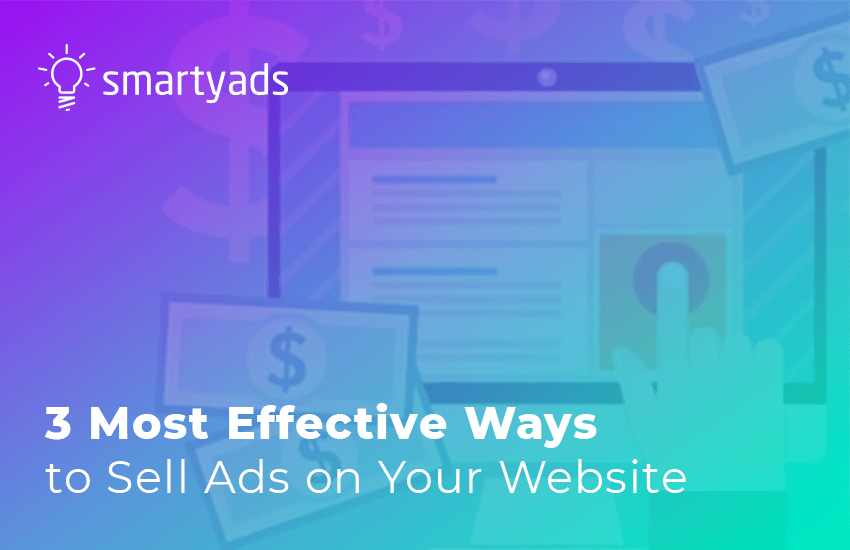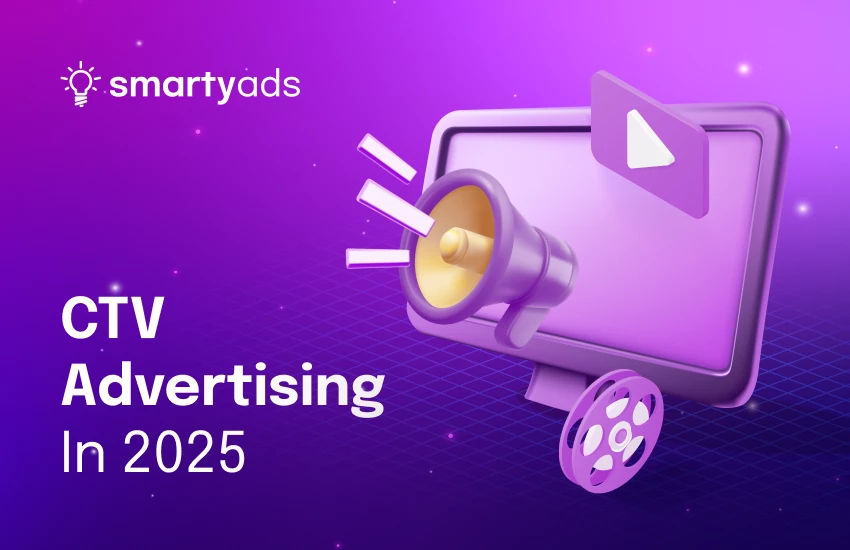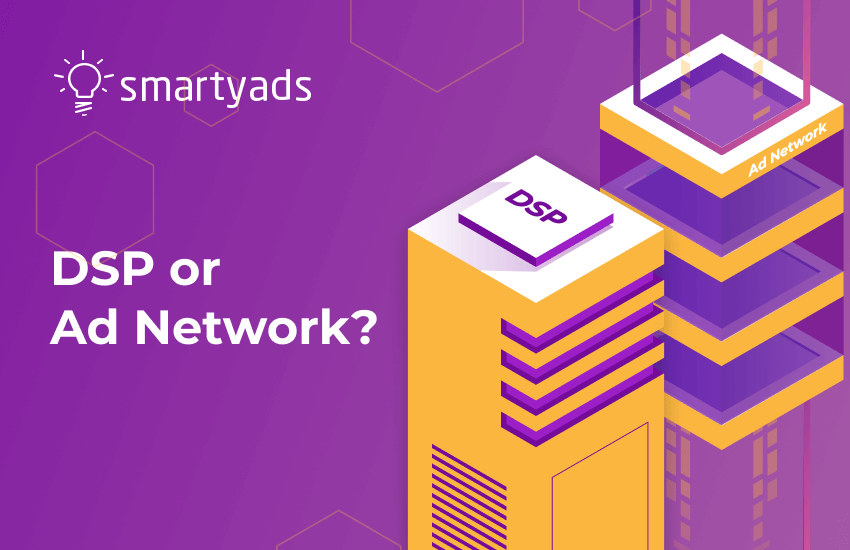Programmatic interactive advertising is revolutionizing how brands connect with their audiences. It's all about using smart data and algorithms to make the ad-buying process seamless, ensuring ads are more personalized and appear at just the right moment. This approach is fantastic for crafting ads that resonate on a personal level, making them feel less like ads and more like content people actually want to see.
Plus, with the rise of the Metaverse, there's a whole new playground for advertisers to explore. The beauty of this method is its flexibility — you can tweak your campaigns on the fly based on real insights across a variety of platforms. It's truly a game-changer in reaching people where they are.
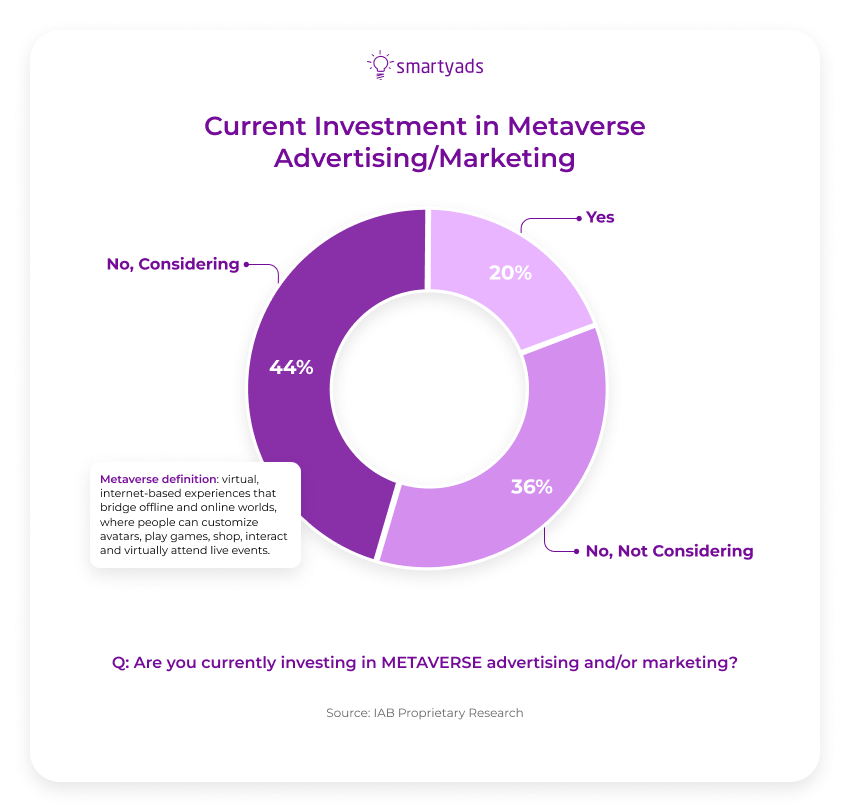
How Do Interactive Ads Maximize Engagement?
Interactive ads are all about stepping up the game to captivate audiences in a way that's far beyond the ordinary. They ditch the old playbook of using just a static image or a video, which merely hopes to leave a mark. Instead, they dive deep into creativity, crafting content that's not just seen but experienced. This method transforms viewers from mere onlookers into active players, making the entire ad experience not just interactive but genuinely fun.
Let's dive into what is interactive advertising and how these innovative ads are revolutionizing engagement.
Personalization
Interactive marketing really steps up the game by crafting experiences that feel like they're made just for each specific user. It tweaks what you see based on your own desires, what you do, and even where you come from. This means you're way more likely to find the stuff shown to you interesting and relevant, making it much more likely you'll want to dive deeper into what's being advertised. What is direct response marketing? About this you can find in our previous article.
Gamification
Numerous interactive advertisements are enhancing their appeal by incorporating gamification elements, such as quizzes, puzzles, and interactive games. This innovative approach not only makes the advertisements more entertaining but also captivates the audience, motivating them to interact more thoroughly. Consequently, individuals tend to devote more time to the advertisement, increasing the chances they will remember the brand and its message.
Dynamic Content
Interactive advertising often features dynamic content that changes in response to user actions. This keeps the user engaged and interested, constantly discovering new information or experiences.
Call-to-Action
Interactive ads usually have a specific prompt or call-to-action (CTA) that nudges users toward taking a particular step. This could be anything from clicking a button or completing a form to actually making a purchase. It's all about turning that initial interest or engagement into a tangible action, which, in turn, delivers concrete results for the advertiser.
Social Interaction
Many interactive advertisements include social sharing features, allowing users to share the ad with their friends and followers on social media. This increases the ad's reach and creates a sense of social proof, as users are more likely to engage with content that has been recommended by someone they know and trust.

Pros and cons of interactive advertising
Interactive advertising has really taken off as a favorite among brands aiming to connect more intimately with their audiences. Yet, just like any form of advertising, it has its own mix of advantages and disadvantages.
Pros
Increased engagement
Interactive ads are crafted to grab and hold the user's attention, ensuring they stay engaged for extended periods. This approach often results in increased brand awareness, consideration, and loyalty.
Personalization
Interactive ads have this cool ability to tailor themselves based on what users like, their preferences, and how they behave online. This kind of personal touch really resonates with people, making them feel seen and understood, which naturally leads to a higher chance of them getting involved and actually responding to what's being advertised.
Measurable results
Interactive ads offer a deep dive into user behavior through detailed analytics and insights. This allows advertisers to effectively gauge the success of their campaigns and make choices backed by solid data.
Brand differentiation
Interactive ads have the power to make brands truly stand out in a crowded marketplace. By delivering unique and innovative experiences, they carve a niche for themselves that sets them apart from the competition. This approach not only captivates the audience's attention but also creates a memorable impression that keeps the brand at the forefront of their minds.
Cons
Cost
Crafting interactive ads often comes with a higher price tag and requires more elbow grease than what you'd expect with standard ads. Why? Well, because to make those ads engaging and interactive, you need a bunch of extra resources and a good chunk of additional time to develop everything just right.
Technical issues
Interactive ads, with their intricate designs, might not play nice with every device or browser out there. This mismatch can cause a bunch of technical hiccups, messing with how things should smoothly run. It's a bit of a bummer because it can end up spoiling the whole experience for users.
User experience
Interactive ads have the potential to be captivating; however, if they're not done right, they can end up being more of an intrusion or annoyance. This kind of negative experience can harm the brand's image.
Limited reach
Interactive ads might not hit the mark with every audience or demographic, which could narrow down their reach and impact. They're a powerful tool for brands aiming to dive deeper into engagement with their audience, offering a more immersive and tailored experience.
Just like with any marketing approach, weighing the benefits against the drawbacks is crucial before deciding to go all in on interactive ads.

5 Types of interactive advertising with examples
Digital interactive ads have become a go-to strategy for brands looking to captivate their audience with engaging advertising and immersive experiences. As digital advertising continues to evolve, we've seen the rise of a slew of interactive ad formats, each standing out in its own unique way. Diving into some prime interactive advertising examples, it's clear to see the various ways these digital interactive ads are changing the game, helping brands forge deeper connections with their audience like never before.
Quizzes and Polls
Quizzes and polls are useful in interactive ads as they capture the user's attention and keep them engaged, personalize their experience, provide valuable feedback, educate users about a product or service, and create a fun and memorable experience. By using quizzes and polls, advertisers can make their ads more engaging, personalized, educational, and entertaining while gaining valuable insights and feedback from their target audience.
Quizzes and polls are interactive ads that allow users to answer questions about the brand or product. This type of ad is popular because it allows brands to gather valuable data on their audience while providing a fun and engaging experience.
Example of Quizzes and Polls interactive ads
Let’s delve into interactive ad examples to see how they can effectively engage audiences, such as through quizzes and polls. For instance, Starbucks Coffee deployed an interactive advertising tactic on Twitter by conducting a poll. They inquired their followers about which at-home brewing method sparked more interest in them to learn about — a Coffee Press or a Chemex.
The poll got a whopping 4,963 votes, with a strong 73% leaning towards the Coffee Press, while 27% were curious about the Chemex. Not to mention, it also got 74 retweets and 677 likes. This just goes to show how engaging and impactful these interactive ads can be. They're not just fun for users, but they also give businesses like Starbucks a clear insight into what their customers are into.
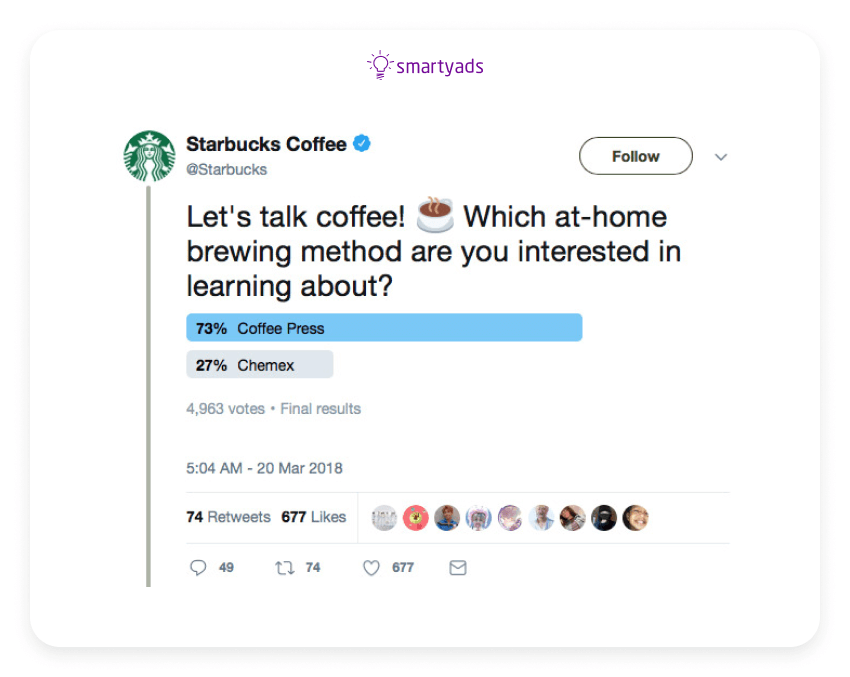
Playable ads
Playable ads are interactive ads that allow users to engage with a product or service in a game-like experience. Playable advertising can be found on various platforms, including social media (e.g., interactive Facebook ads), mobile devices, and websites. They typically offer a short and immersive experience showcasing the benefits and features of the advertised product or service.
One of the main advantages of playable interactive ads is their ability to increase engagement and improve conversion rates. By offering a hands-on experience with the product or service, users can better understand its value and benefits. This can help build trust and credibility with the user and increase the likelihood of conversion.
Example of Playable ads
Take a look at this image. The ad shows off three different game previews:
First up, on the left side, there's this awesome car game. You see a car zooming around on circular tracks, and there's this big "INSTALL" button right there.
Then, smack in the middle, there's a puzzle game that's all about matching colorful blocks. It looks super fun and has a "PLAY" button.
And on the right? There's this action-packed game that's all about tapping and holding to play. The scene is set on this cool road with neon lights and palm trees — it gives off a serious vibe.
Examples of interactive ads, especially those like playable ads, are fantastic because they allow you to experience the game firsthand. They're significantly more engaging and definitely make you more inclined to hit that download button.
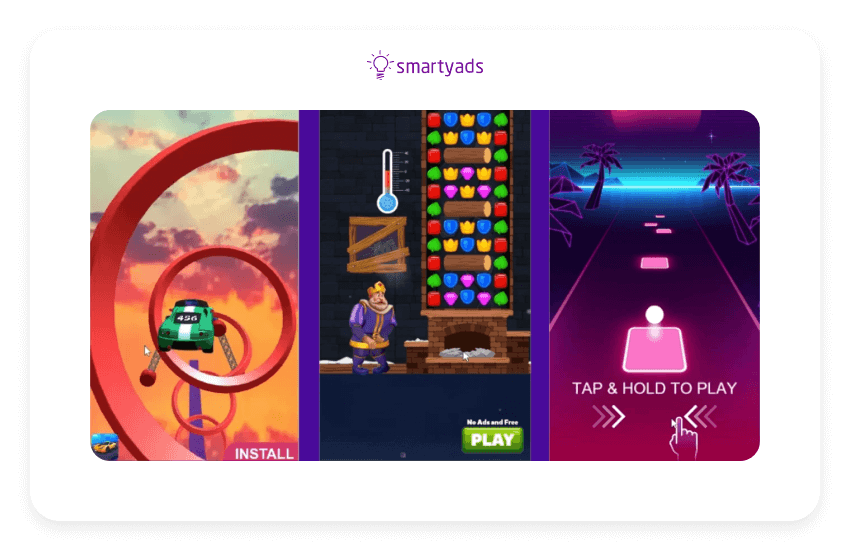
Augmented Reality (AR)
AR ads use technology to overlay digital elements onto the user's real-world environment. This type of ad can be highly immersive and provide a unique and memorable experience for the user.
Augmented Reality can be used in different formats, including image recognition, marker-based AR, and location-based AR. AR can also be tailored to different audiences using targeting options such as demographics, interests, and behaviors.
One of the main advantages of AR in interactive digital ads is its ability to provide a hands-on experience with the product or service, allowing the user to visualize and interact with it in real time. AR can also be used to gamify the user's experience by adding elements such as challenges, rewards, and social sharing.
Example of Augmented Reality (AR) ads
This picture perfectly illustrates how augmented reality advertising can work. Imagine a customer who wants to refresh the interior of their apartment but is not sure whether certain pieces of furniture will match their design. Augmented reality comes to the rescue, offering to virtually place the necessary items as if inside the room.
Such advertising kind of gives an opportunity to look into a small window of the future, which shows how good or not so good this or that thing will look in the interior.
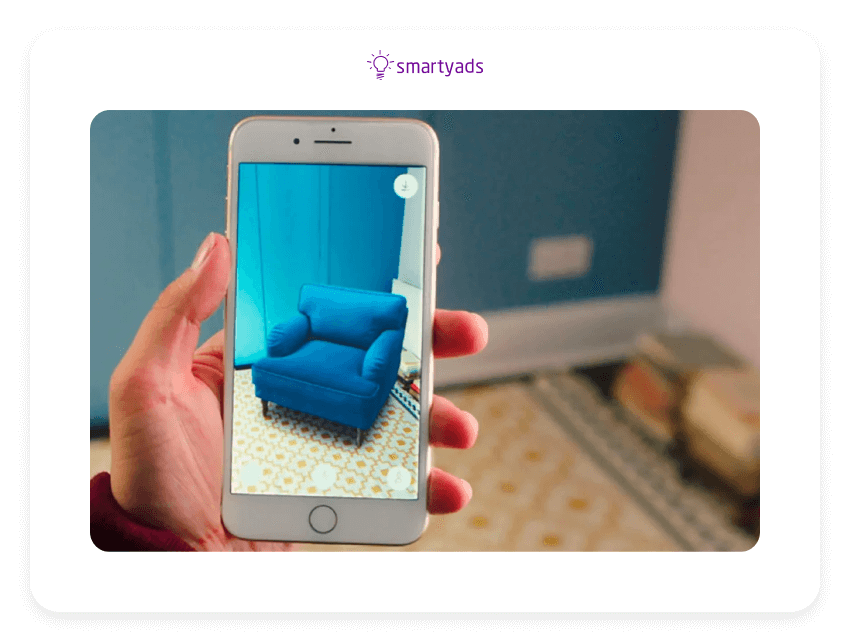
Virtual Reality (VR)
VR ads use technology to create a fully compelling digital experience for the user. This type of ad can be highly engaging and provide a powerful emotional impact.
In terms of interactive ads, VR can be used to create a highly immersive and realistic experience for the user, allowing them to interact with the product or service in a more tangible and memorable way. On the other hand, AR can be used to provide a more personalized and contextually relevant experience for the user by overlaying digital content onto their real-world environment.
Example of Virtual Reality (VR) ads
Advertising inside virtual reality, with interactive ads examples showcased, is actually quite similar to regular advertising. The only difference is that it becomes visible only when you are fully immersed in the digital world. The example picture illustrates how, in virtual reality, there can exist their own banners and interactive banner ads examples, organically blended into the environment.
Given how rapidly and inevitably the gaming industry continues to develop, which now occupies the main market of virtual reality users, this is an excellent platform for advertising. Moreover, many major brands have long been using it.
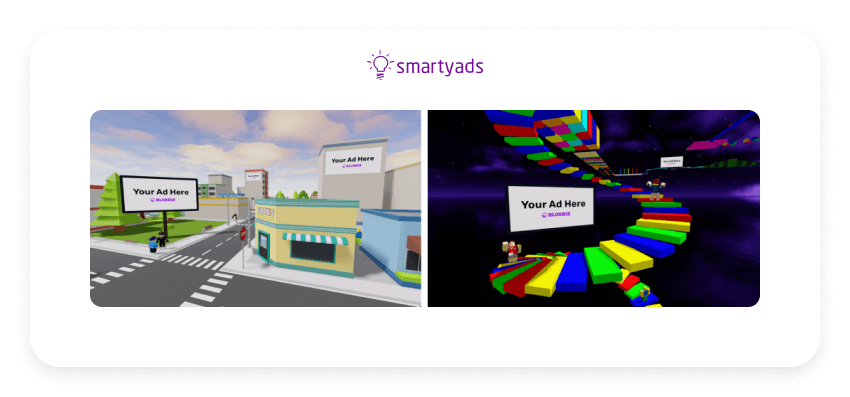
Interactive voice ads
Interactive voice advertising is a relatively new form of digital advertising that allows users to interact with audio ads through voice-activated assistants such as Amazon Alexa or Google Assistant. These ads offer a new way for brands to engage with their audience and provide a more personalized experience for users.
Interactive voice ads can take different forms, such as a question and answer format, where the user responds with their voice or a conversation that guides the user to a desired action, such as making a purchase or scheduling an appointment. Brands can also incorporate elements such as music, sound effects, or celebrity voiceovers to make the ads more engaging and memorable.
One of the benefits of interactive voice ads is that they offer a hands-free experience for users. With voice-activated assistants, users can interact with the ads while multitasking or performing other tasks, such as cooking or exercising. This can increase the likelihood of user engagement and provide a more seamless experience.
Example of Interactive voice ads
The image we're discussing serves as an example of interactive advertising, specifically what you'd typically find in a voice interactive ad. Picture yourself relaxing and enjoying your favorite music through an app, and suddenly, this ad appears. However, what's remarkable is that this isn't just an ordinary ad that you'd hastily tap away or ignore. This one is different; it actively listens to you, showcasing the innovative approach of interactive advertising.
So, if something in the ad catches your ear, and you want to know more about the product, all you have to do is say the word. Literally, you just talk to it, and it'll whisk you away to the product's website in no time. It's like the future of ads isn't just about seeing or clicking; it's about having a chat and making what you want to find just a single spoken command away.
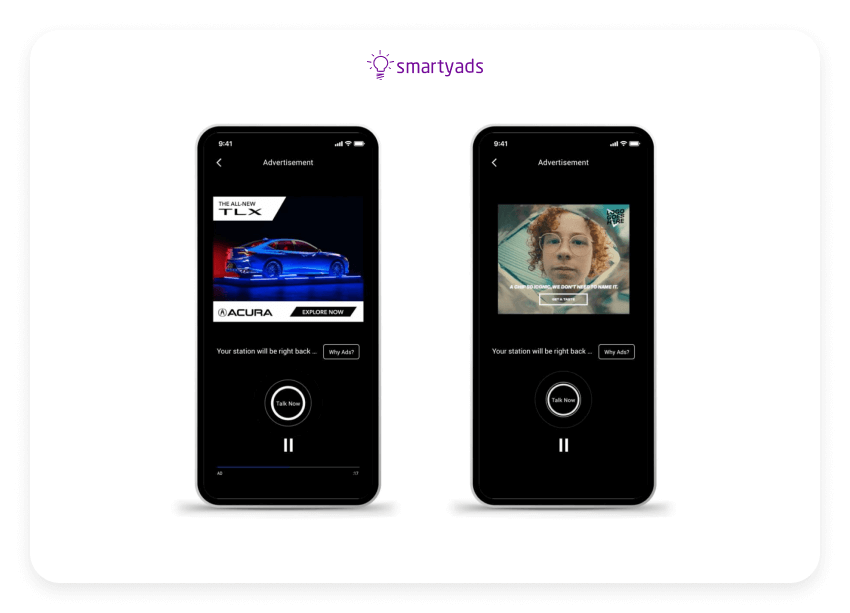
How to make a good interactive ad campaign in 7 steps
Creating an interactive advertising campaign might seem daunting at first glance, but it's really not too different from putting together a traditional ad campaign. Here are some insider tips on how to craft an engaging and successful interactive advertising campaign.
Know What You Want to Achieve
It all starts with your goals. Ask yourself, what's the endgame here? Whether it's boosting your brand's presence, engaging more with your audience, or driving up those sales numbers, having a clear objective will guide your campaign in the right direction.
Get Inside Your Audience's Head
Understanding who you're talking to is crucial. Dive into what makes your audience tick — their likes, dislikes, and everything in between. This insight will allow you to tailor your campaign so it speaks directly to them, making it more likely they'll want to engage.
Pick the Perfect Format
There are so many ways to get interactive, from quizzes and polls to videos and games. Think about what format aligns best with your brand's personality and your campaign goals. The right format can make all the difference in drawing your audience in.
Content is King
At the heart of your campaign should be content that captivates and compels your audience to interact. It needs to be top-notch, relevant, and true to what your brand stands for. Make it something that your audience will find irresistible.
Make Interaction a Breeze
The last thing you want is for your audience to be puzzled about how to engage with your ad. Ensure your interactive elements are user-friendly, especially for interactive mobile ads. Fast loading times and clear, simple instructions will keep frustration levels low and engagement high.
Test, Tweak, Repeat
Once your campaign is up and running, keep a close eye on how it's performing. Use A/B testing to experiment with different elements and see what works best. This ongoing process of refinement will help you fine-tune your approach for even better results.
Always Be Evolving
The digital landscape is always changing, and so should your campaigns. Use the feedback and data you gather to continuously evolve your strategy. The most successful campaigns are those that grow and adapt over time.
Remember, the key to a great interactive advertising campaign is engagement. By following these steps and always aiming to connect with your audience on a deeper level, you'll be well on your way to achieving your campaign goals.
Bottom line
Interactive ads are becoming a go-to for brands looking to really connect with their audience and hit their marketing goals. It’s all about giving people more engaging ads and hands-on experience, which can lead to better engagement rates, more conversions, and stronger brand recognition.
If you want to add interactive advertising to your advertising strategy, then you can do it with our SmartyAds DSP! Feel free to contact us!

